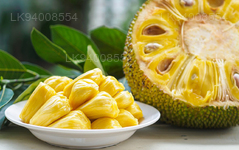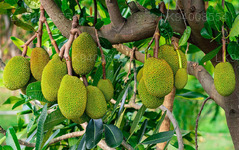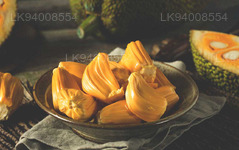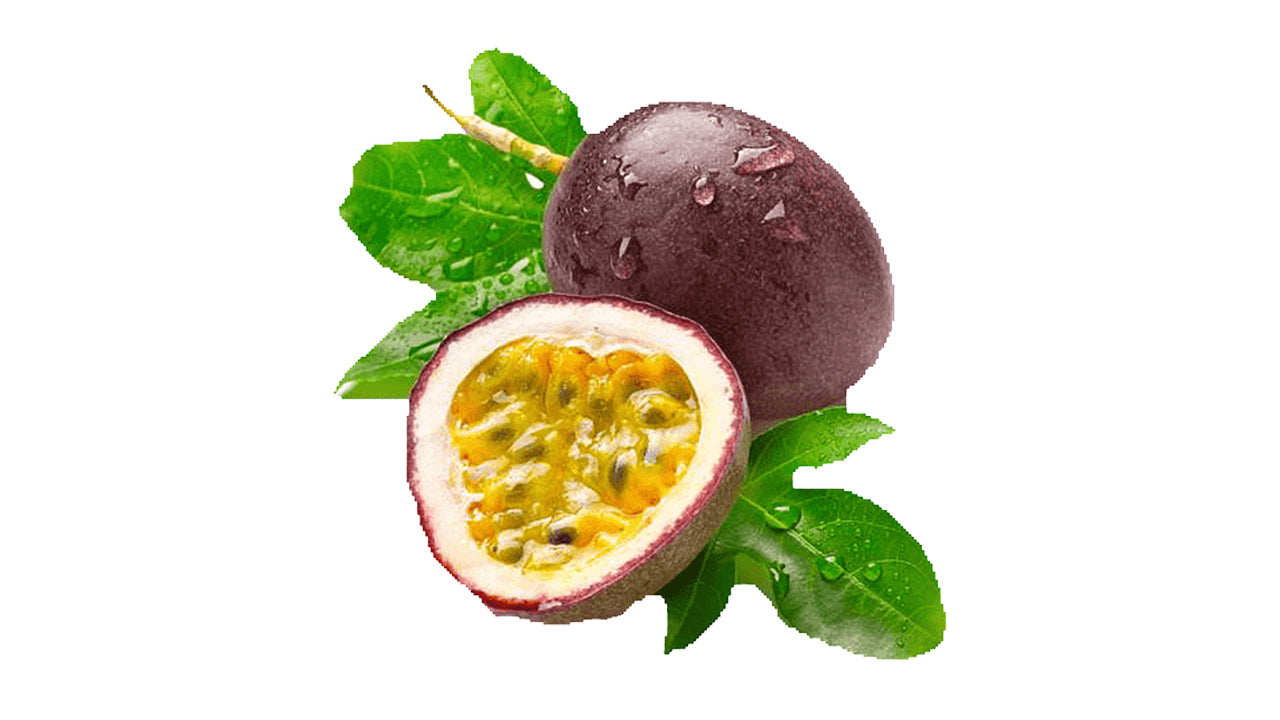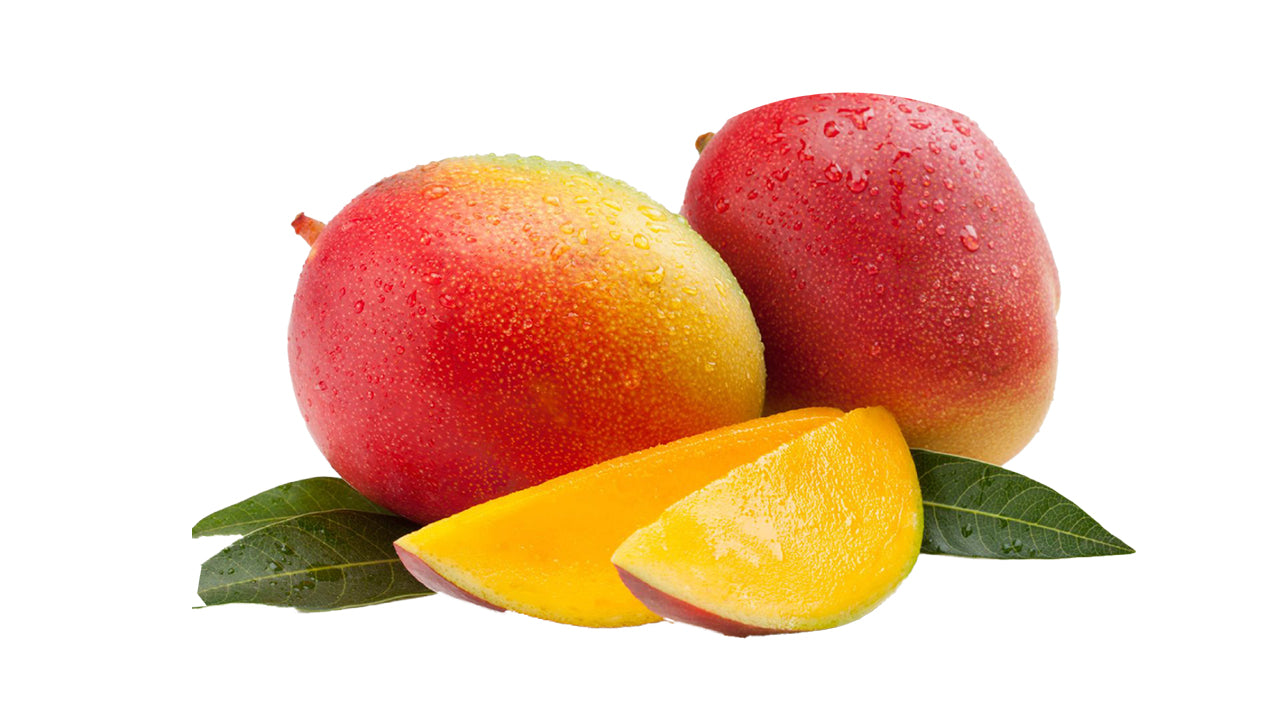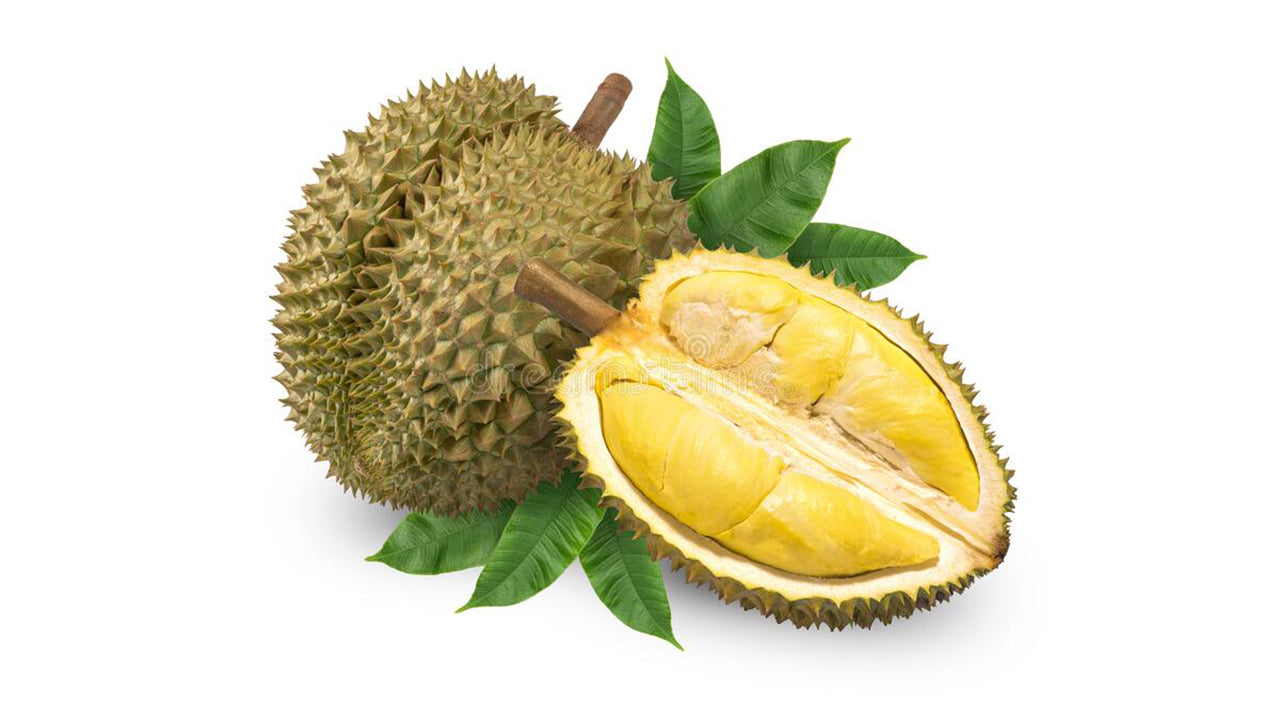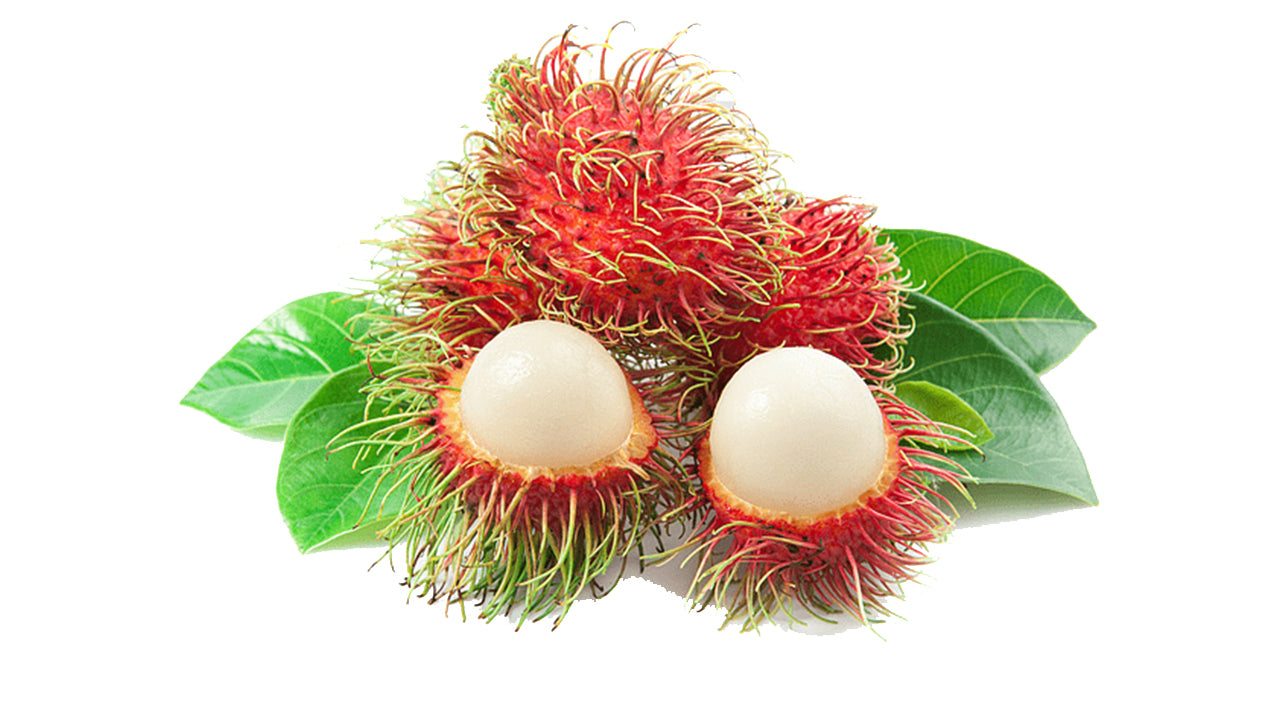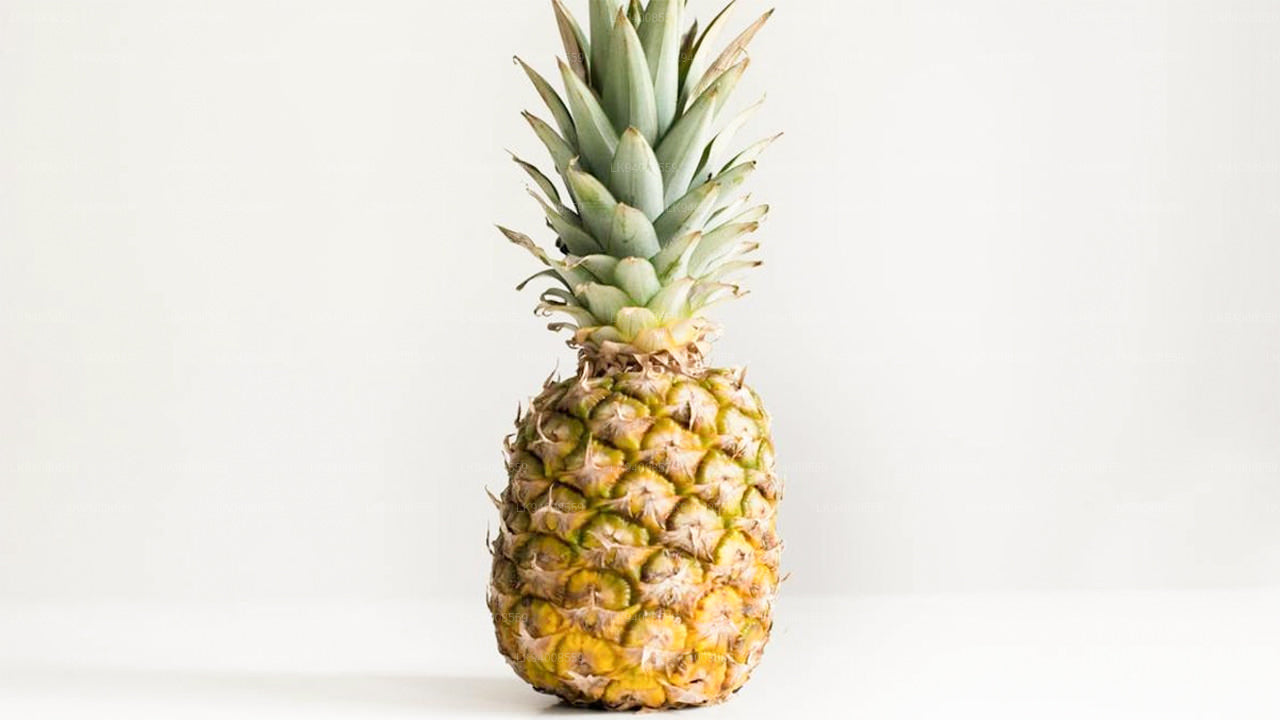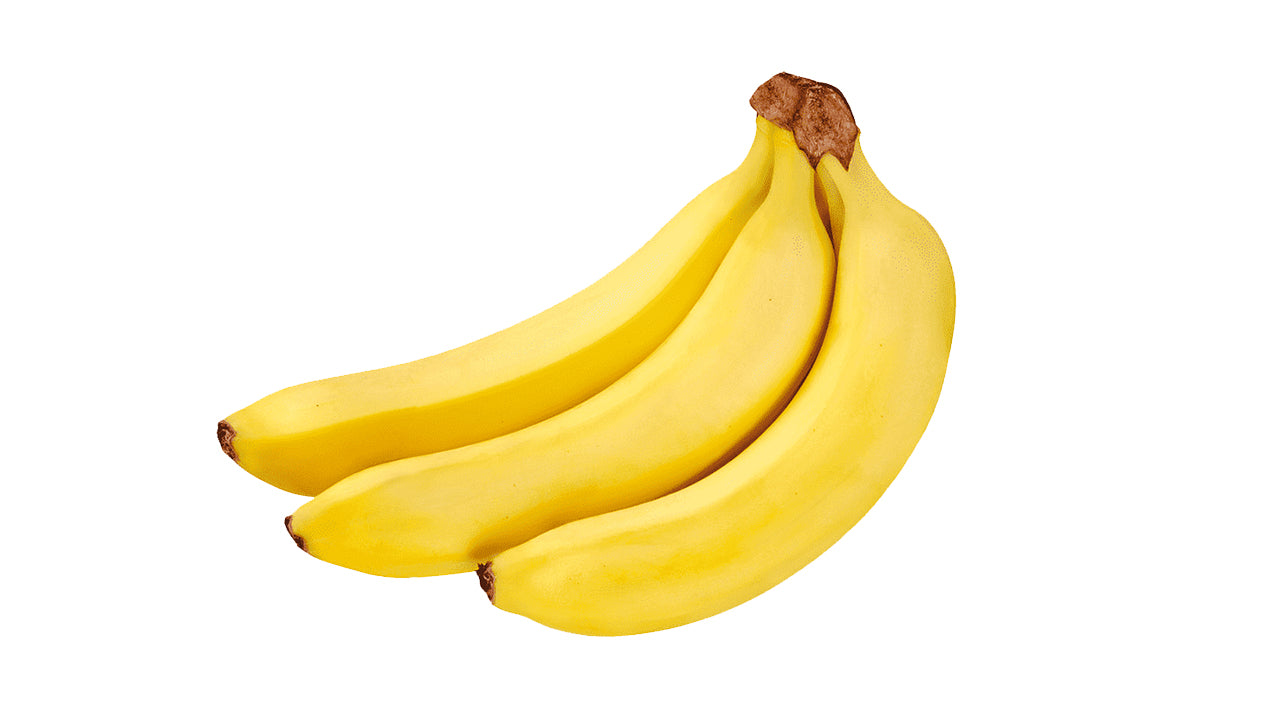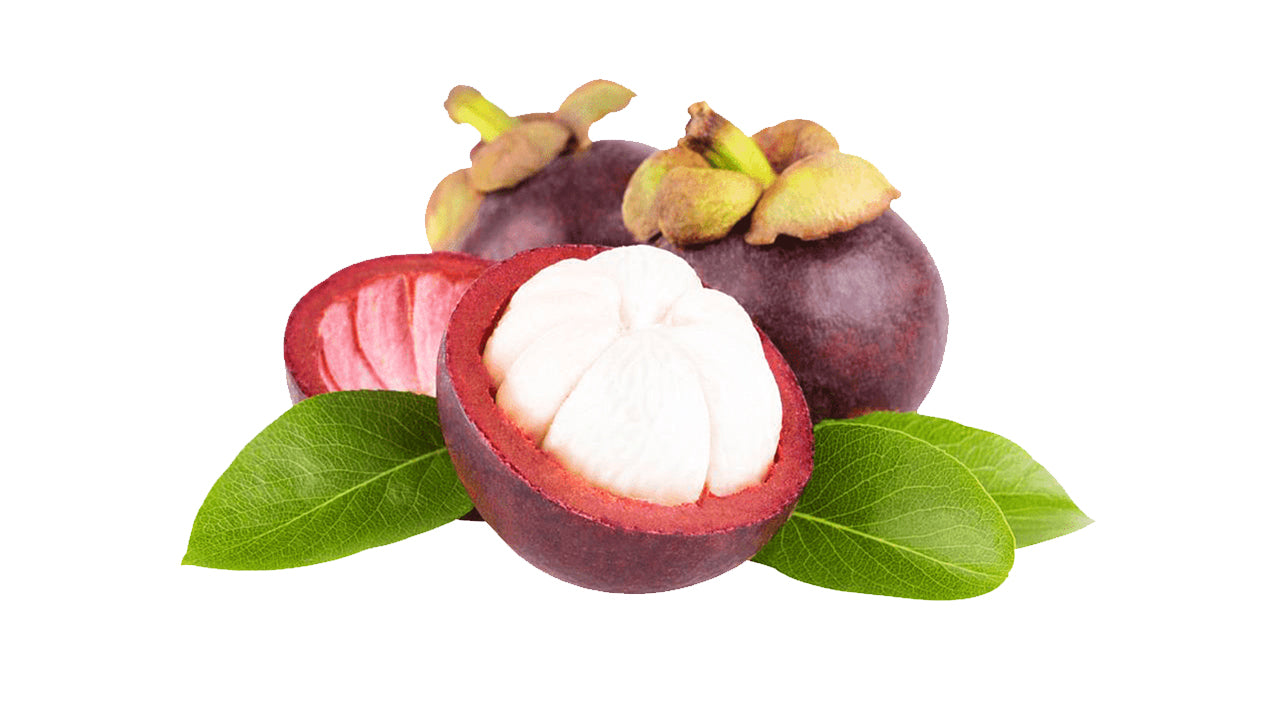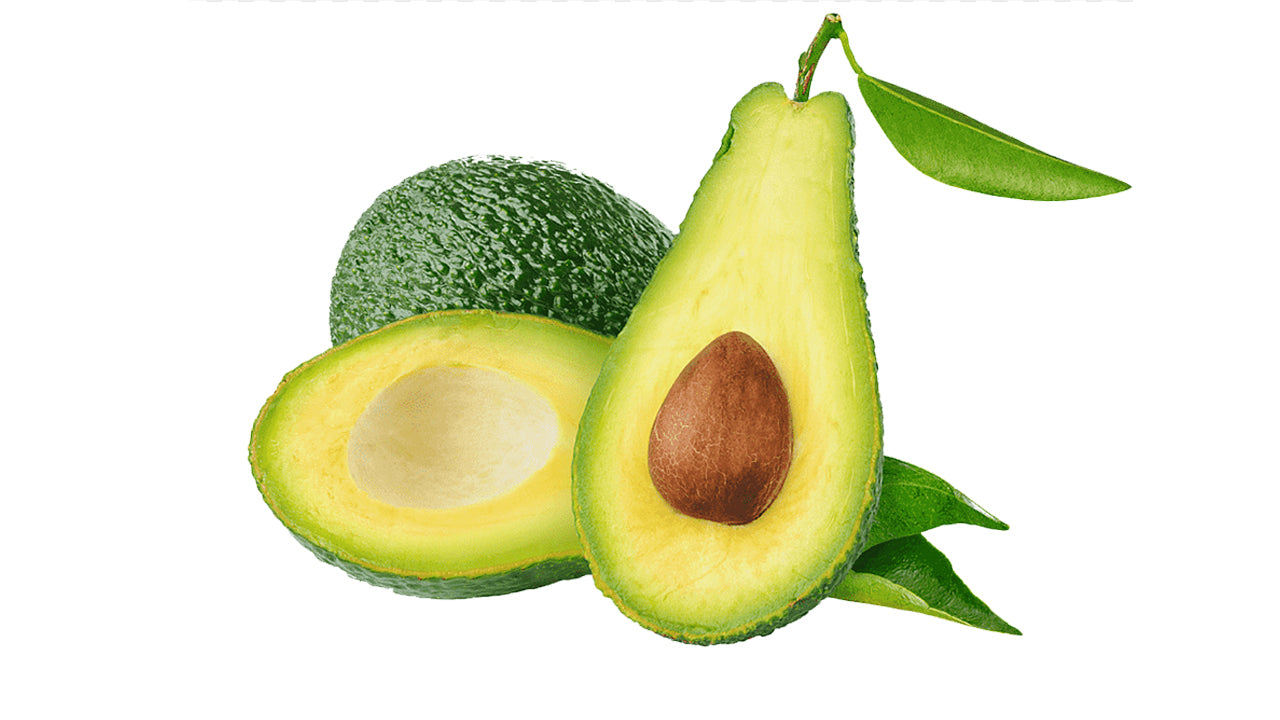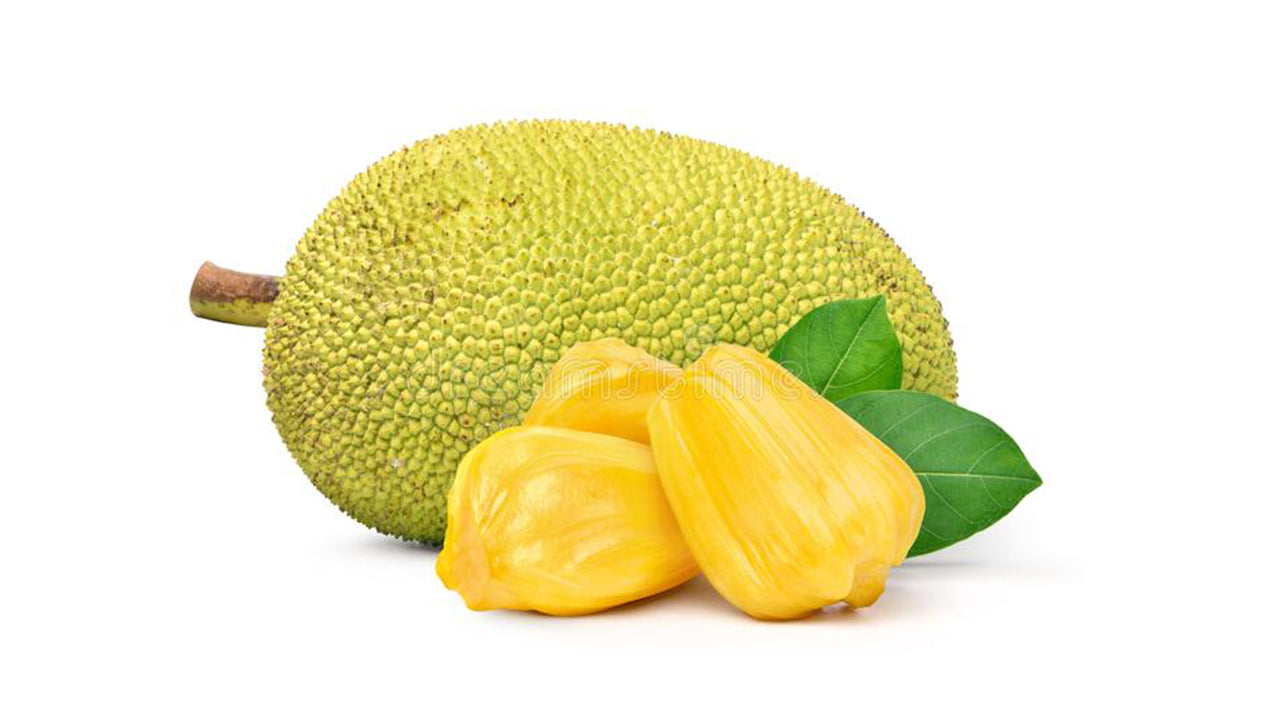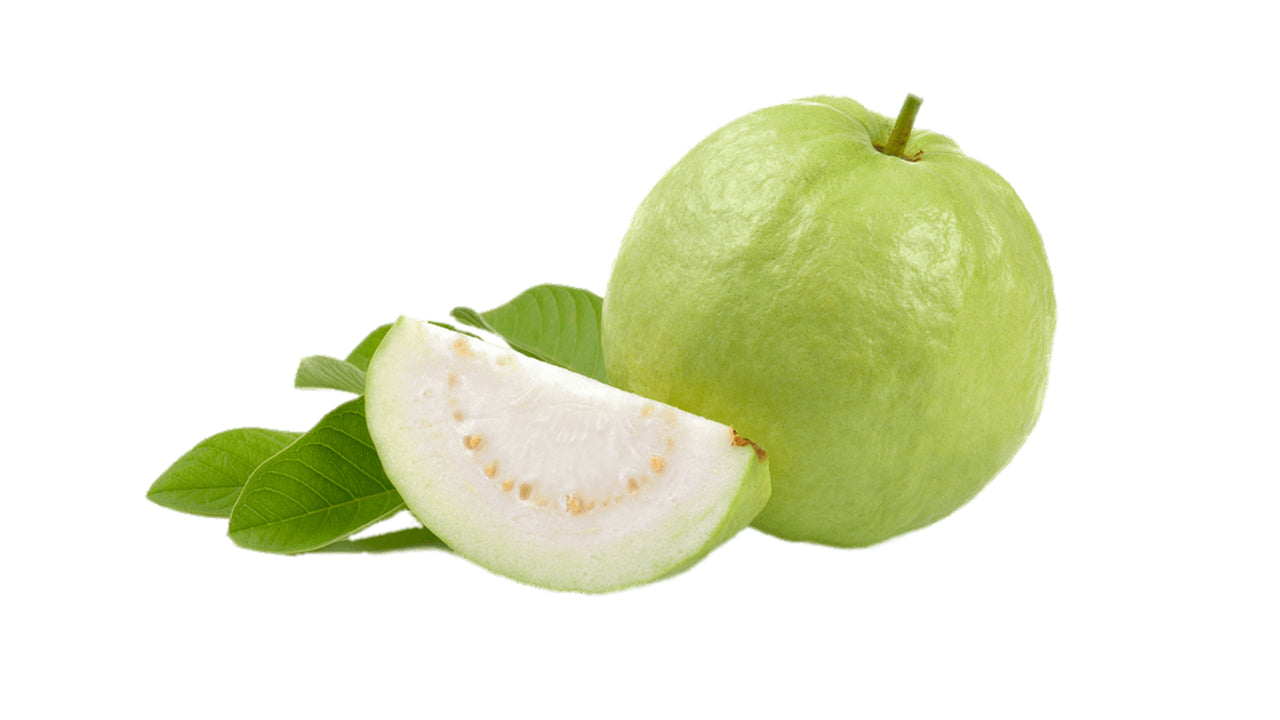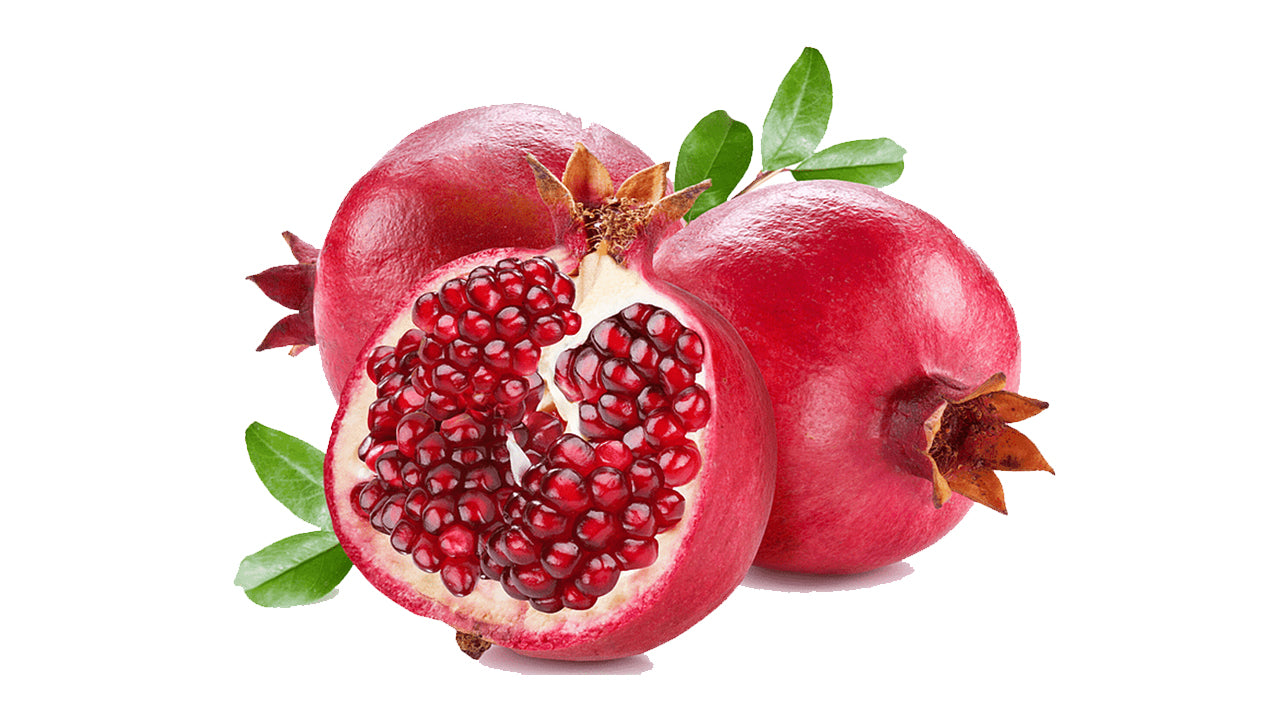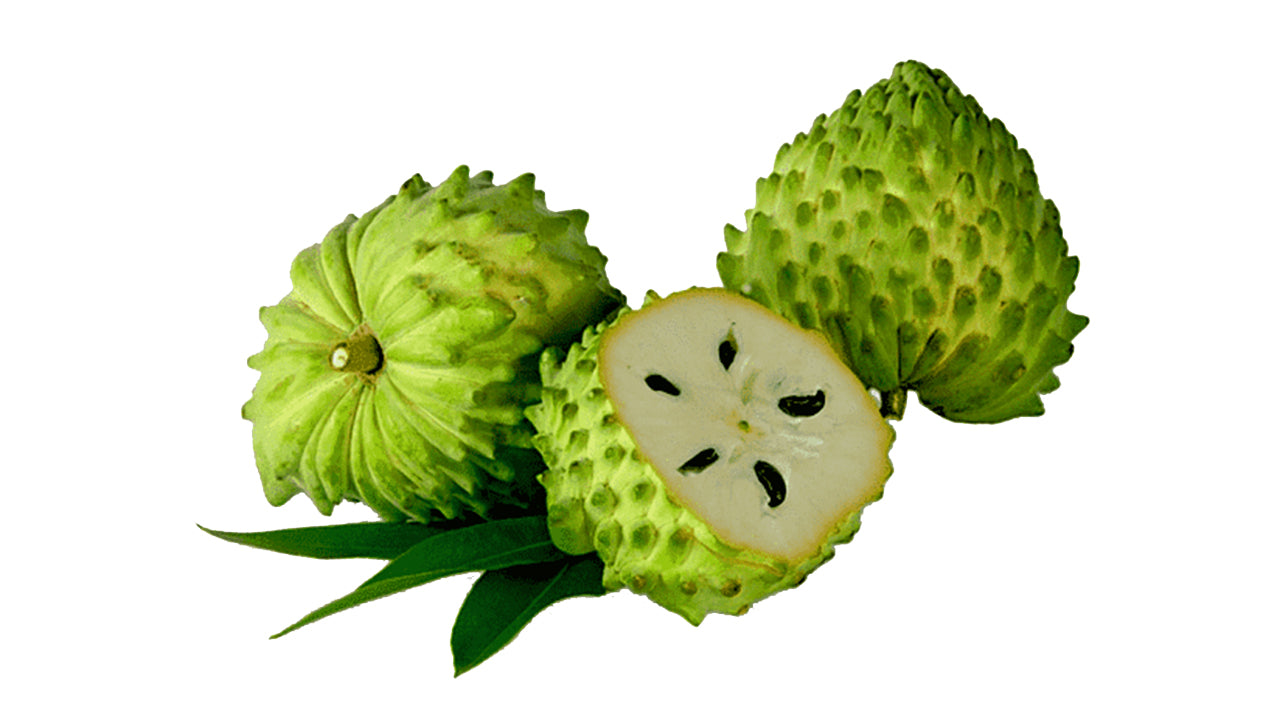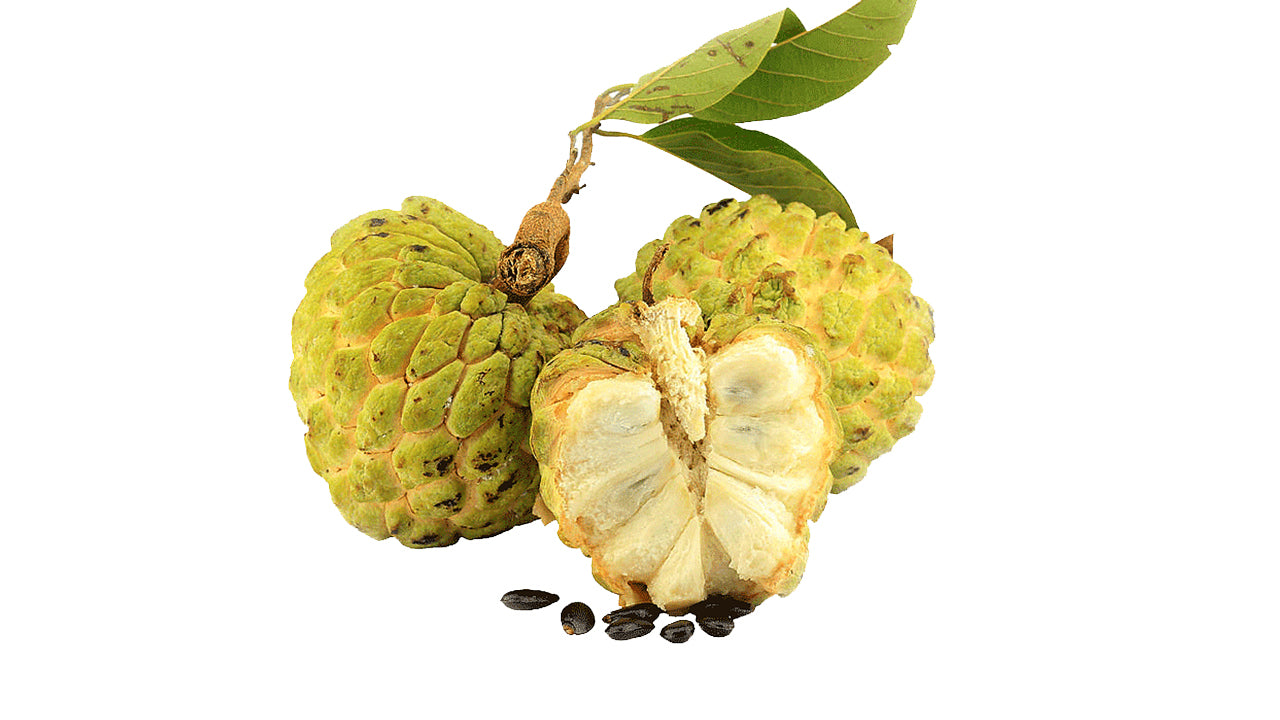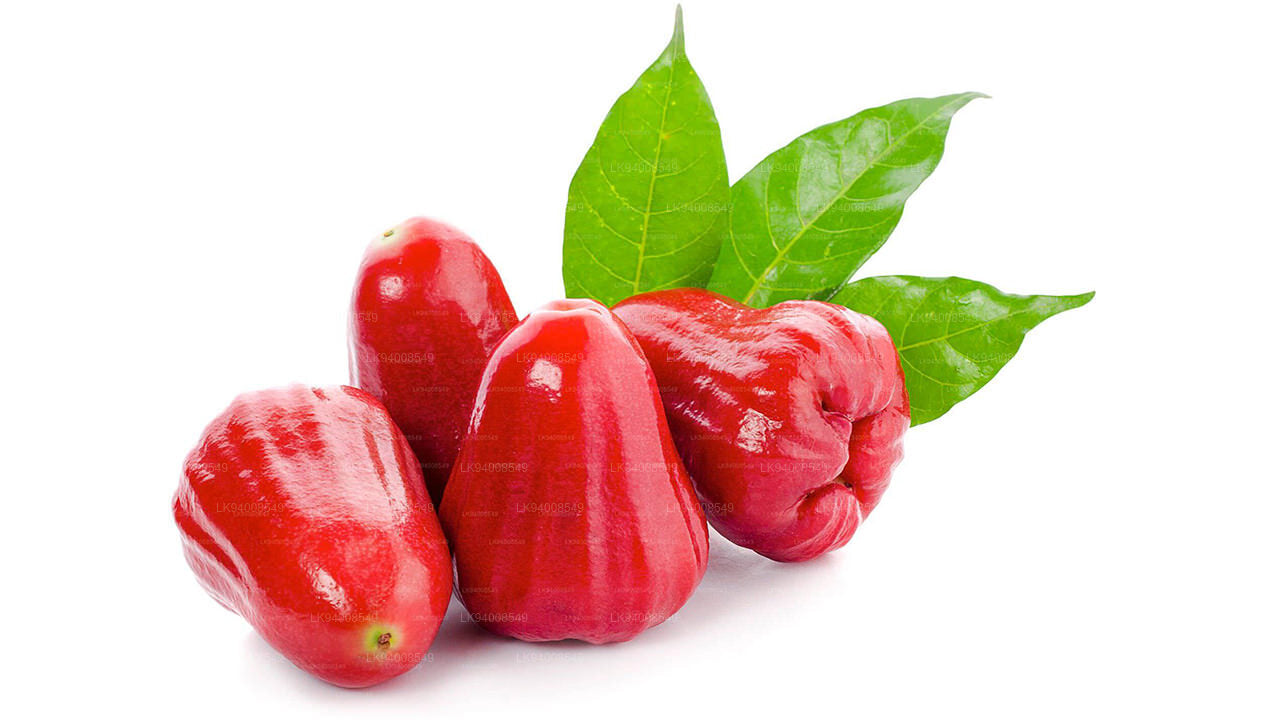
Fruits
Sri Lanka boasts a vibrant array of tropical fruits that reflect its rich agricultural heritage. Among the most beloved is the king coconut (thambili), cherished for its sweet, refreshing water, perfect for quenching thirst in the tropical heat.
Jackfruit (කොස්)
The jackfruit (Artocarpus heterophyllus), also known as the jack tree, is a species of tree in the fig, mulberry, and breadfruit family (Moraceae). Its origin is in the region between the Western Ghats of southern India.
The jackfruit tree is well-suited to tropical lowlands and is widely cultivated throughout tropical regions of the world, including India,Bangladesh, Sri Lanka, and the rainforests of the Philippines, Indonesia, Malaysia, and Australia. It bears the largest fruit of all trees, reaching as much as 55 kg (120 pounds) in weight, 90 cm (35 inches) in length, and 50 cm (20 inches) in diameter. A mature jackfruit tree produces some 200 fruits per year, with older trees bearing up to 500 fruits in a year.
The jackfruit is a multiple fruit composed of hundreds to thousands of individual flowers, and the fleshy petals of the unripe fruit are eaten. The ripe fruit is sweet (depending on variety) and is commonly used in desserts. Canned green jackfruit has a mild taste and meat-like texture that lends itself to being called "vegetable meat". Jackfruit is commonly used in South and Southeast Asian cuisines. Both ripe and unripe fruits are consumed. It is available internationally, canned or frozen, and in chilled meals, as are various products derived from the fruit, such as noodles and chips.
History
The jackfruit was domesticated independently in South Asia and Southeast Asia, as indicated by the Southeast Asian names which are not derived from the Sanskrit roots. It was probably first domesticated by Austronesians in Java or the Malay Peninsula. The fruit was later introduced to Guam via Filipino settlers when both were part of the Spanish Empire. It is the national fruit of Bangladesh[24] and the state fruit of Kerala.
Shape, trunk and leaves
Artocarpus heterophyllus grows as an evergreen tree that has a relatively short trunk and dense treetop. It easily reaches heights of 10 to 20 m (33 to 66 feet) and trunk diameters of 30 to 80 cm (12 to 31 inches). It sometimes forms buttress roots. The bark of the jackfruit tree is reddish-brown and smooth. In the event of injury to the bark, a milky sap is released.
The leaves are alternate and spirally arranged. They are gummy and thick and are divided into a petiole and a leaf blade. The petiole is 2.5 to 7.5 cm (1 to 3 inches) long. The leathery leaf blade is 20 to 40 cm (7 to 15 inches) long and 7.5 to 18 cm (3 to 7 inches) wide and is oblong to ovate in shape.
In young trees, the leaf edges are irregularly lobed or split. On older trees, the leaves are rounded and dark green, with a smooth leaf margin. The leaf blade has a prominent main nerve and, starting on each side, six to eight lateral nerves. The stipules are egg-shaped at a length of 1.5 to 8 cm (9⁄16 to 3+1⁄8 inches).
Flowers and fruit
The inflorescences are formed on the trunk, branches or twigs (cauliflory). Jackfruit trees are monoecious, having both female and male flowers on a tree. The inflorescences are pedunculated, cylindrical to ellipsoidal or pear-shaped, to about 10–12 cm (3+15⁄16–4+3⁄4 inches) long and 5–7 cm (2–3 inches) wide. Inflorescences are initially completely enveloped in egg-shaped cover sheets which rapidly slough off.
The flowers are small, sitting on a fleshy rachis.[26] The male flowers are greenish, some flowers are sterile. The male flowers are hairy and the perianth ends with two 1 to 1.5 mm (3⁄64 to 1⁄16 in) membrane. The individual and prominent stamens are straight with yellow, roundish anthers. After the pollen distribution, the stamens become ash-gray and fall off after a few days. Later all the male inflorescences also fall off. The greenish female flowers, with hairy and tubular perianth, have a fleshy flower-like base. The female flowers contain an ovary with a broad, capitate, or rarely bilobed scar. The blooming time ranges from December until February or March.

